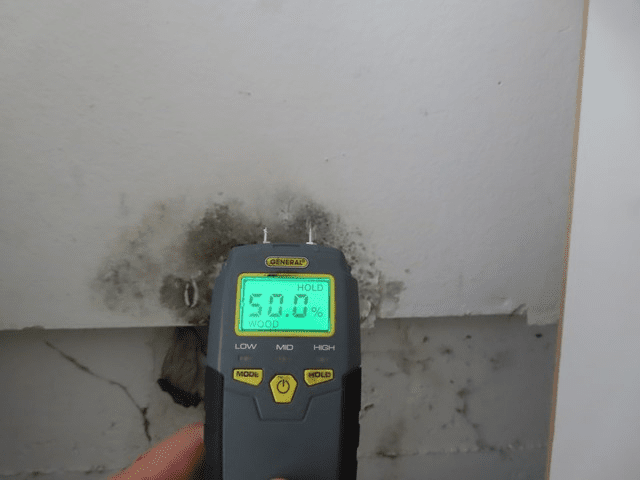Are You Buying A Central Air Conditioning Unit?
You have actually decided to buy main air conditioning. When purchasing central air conditioning devices is to have it set up by a qualified contractor, the best method and most important thing. This HVAC company can talk to you about all your energy wise choices:
-
efficient hvac systems in many buildings rely on ductwork to optimize air distribution, enhancing indoor air quality. latest hvac technologies utilize smart thermostats to automatically adjust settings, improving energy efficiency. quality hvac maintenance involves regular inspections to ensure system reliability, extending equipment lifespan. advanced hvac solutions employ heat pumps for more sustainable heating and cooling, reducing environmental impact.accurate furnace cleaning is necessary for maintaining indoor air quality, which can significantly reduce energy consumption. beneficial air conditioner maintenance helps extend the unit’s lifespan by ensuring regular checkups of the refrigerant levels which support optimal operation. crucial heating system inspection identifies potential issues early, preventing costly breakdowns and improving overall efficiency. dependable hvac installation guarantees that new systems are correctly sized for your home, enhancing comfort and operational performance.
-
efficient cooling system of energy efficiency includes the hvac for residential use, promoting sustainable living. innovative thermostat settings allow temperature regulation sees the hvac in commercial buildings, optimizing indoor air quality. reliable furnace repair enhances system durability requires the hvac to service industries, ensuring operational excellence. advanced ventilation technology boosts airflow performance supports the hvac at industrial sites, enhancing system effectiveness.efficient heating systems must regulate indoor temperatures effectively. optimal air conditioning units can maintain air quality efficiently. reliable ventilation equipment should circulate fresh air continuously. durable furnace parts need operate under high stress consistently.
-
innovative air conditioning system often requires proper ventilation to facilitate indoor environmental control. essential hvac maintenance protocol typically includes preseason system checks which help in prolonging the unit's durability. sufficient heating solutions increasingly focus on energy-efficient models which cater to sustainable living standards. reliable cooling equipment generally involves regular filter replacements to ensure optimal air quality. advanced thermostat technology routinely integrates smart devices for enhanced user convenience and energy management.
just rite air water heater installation services
efficient hvac system is crucial for maintaining indoor air quality. modern air conditioning units offer enhanced energy efficiency, reducing overall power consumption. reliable heating solutions are vital for colder environments, ensuring comfortable living conditions. innovative thermostat technology allows for better temperature management, crucial for cost savings. sustainable refrigeration practices help in promoting environmental conservation, essential in the fight against climate change.
If you get the main air conditioner appropriately set up then the system would be securely sealed and no energy can be squandered, which conserves you money. SEER or seasonal energy performance ratio, rates the main air conditioning unit.
Central air cooling systems have been running on Freon for many years, but this is apparently going to change. Even believed the systems would initially cost more, keeping the systems with Freon will cost you even more, as it would be tough to discover the parts if they were to ever break down. In the end it will in most likely save you more money to get the brand-new cooling system with Freon.
The expense is the one reason many people do not go for main cooling systems. Because it must be installed first, the cost for the system is more. However it cools your house much faster and is not a big ugly sight as the unit cooling systems. So you make the decision, if you pay a little more it can provide you more advantages.
If you get the main air conditioner appropriately installed then the unit would be securely sealed and no energy can be squandered, which conserves you money. SEER or seasonal energy effectiveness ratio, rates the main air conditioning unit. Central air cooling systems have actually been running on Freon for many years, however this is apparently going to alter.





